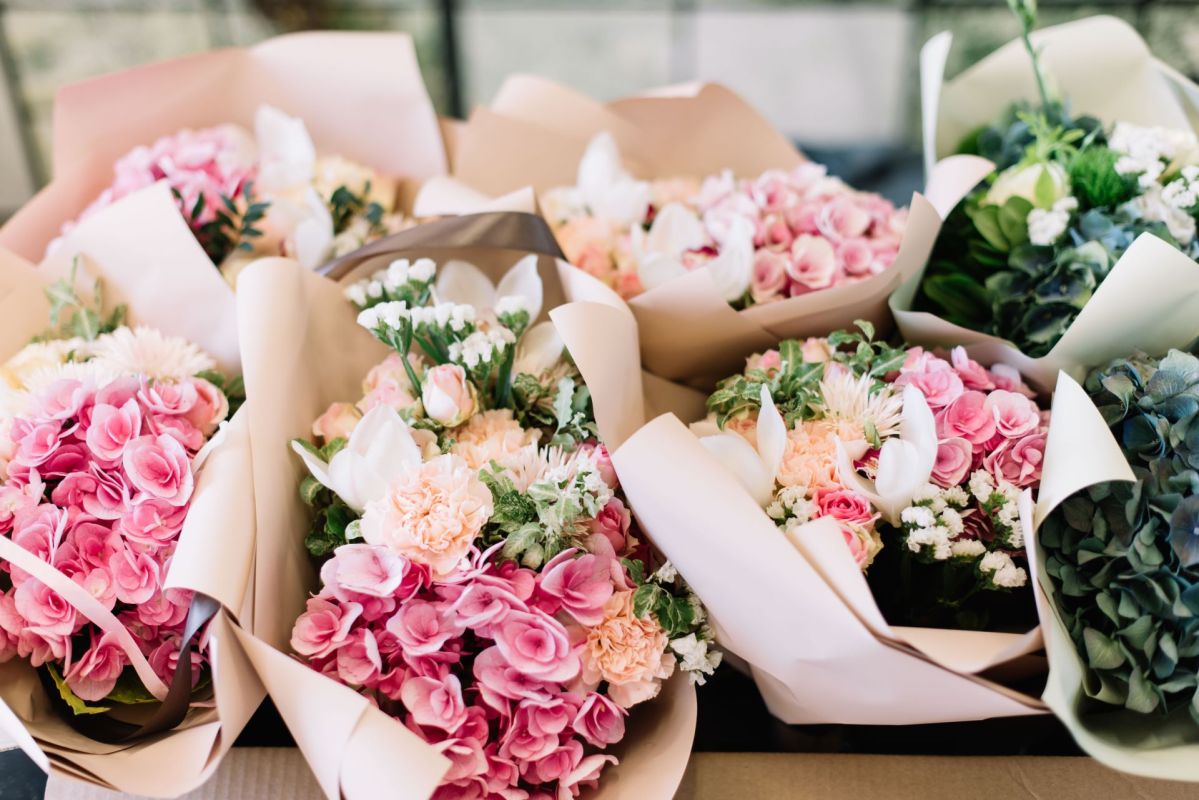Valentine's Day is fast approaching, and the retail world won't let you forget it.
The meaning of Valentine's Day has become so tied to gifts and grand gestures that it's hard to imagine the holiday without them. Heart-shaped candies notwithstanding, there is one quintessential token that particularly signals this time of year — flowers.
Flower power
Flowers are a big business with Americans spending a staggering $2 billion on them before and on Valentine's Day. Most of those flowers are roses, the majority of which are coming from the southern hemisphere. The sunny mountainsides of Colombia and Ecuador are perfect for growing flower crops, making them the second and third largest cut flower exporters respectively, trailing only The Netherlands.
In 2018, Colombia shipped more than four billion flowers to the U.S., and the holiday accounts for more than 20% of rose growers' revenue in the country. While that's great news for the growers and sellers of these sweet symbols of love, there is a downside.
The hidden cost
Ecuador and Colombia aren't exactly just around the corner, which means some pretty hefty logistical efforts come into play when these roses need to arrive in American shops.
In the three weeks leading up to Valentine's Day, 30 cargo jets fly daily between Colombia and Miami alone. Ecuador sees similar flight traffic for roses, amounting to 15,000 tons in less than a month. Once the flowers arrive in Miami, they need to be distributed nationwide.
Transportation emissions amount to 28% of planet-warming pollution in the U.S., a quarter of which comes from freight traffic. Adding to the fuel pollution, the flowers must be kept alive within a delicate balance of temperature, humidity, and a mix of oxygen and carbon dioxide.
A better way
And yet, flowers are still a wonderful token of love and appreciation for Valentine's Day. That's why Debra Prinzing, author of The 50 Mile Bouquet, started what she calls the "slow flowers movement."
Taking a page from the "slow food" movement's playbook, the slow flowers movement aims to help people make more conscious choices when buying flowers. Prinzing's website takes the guesswork out of making well-informed decisions, availing a directory of more than 700 flower growers across the U.S. and Canada.
You won't find roses (Slow Flowers focuses on local, in-season options), but you will find "early spring crops that can be grown in greenhouses."
Check out Slow Flowers' website to lower your costs this Valentine's Day.
Want more? Follow The Cool Down on Instagram and join our Weekly Newsletter for cool stories and easy tips that save you money, time, and our planet.








